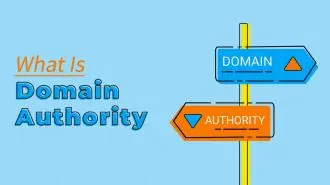Summary / TL;DR
The best link building practices in 2026 focus on improving SEO performance through strategic and ethical backlink strategies. Building links from relevant, high-authority websites improves your search rankings, especially when guest posts and infographics offer genuine value. Analysing competitor backlinks, fixing broken links to reclaim lost SEO value, and using personal and targeted outreach emails are key tactics. Link-building emails should be concise, directed to the appropriate contact, and build trust by showcasing expertise. Avoid black-hat strategies like buying links or using misleading redirects, as these can lead to penalties. Tracking backlinks ensures link quality and ongoing effectiveness.
These days, every business needs a strong digital presence. Having a website and an active social media profile is essential for expanding your reach and connecting with new customers. But how do you make sure people can actually find your website?
This is where search engine optimisation or SEO comes in. This is the practice of optimising a website to help it rank in the search engine results for its respective keywords. This is done through various means, one of which is link building.
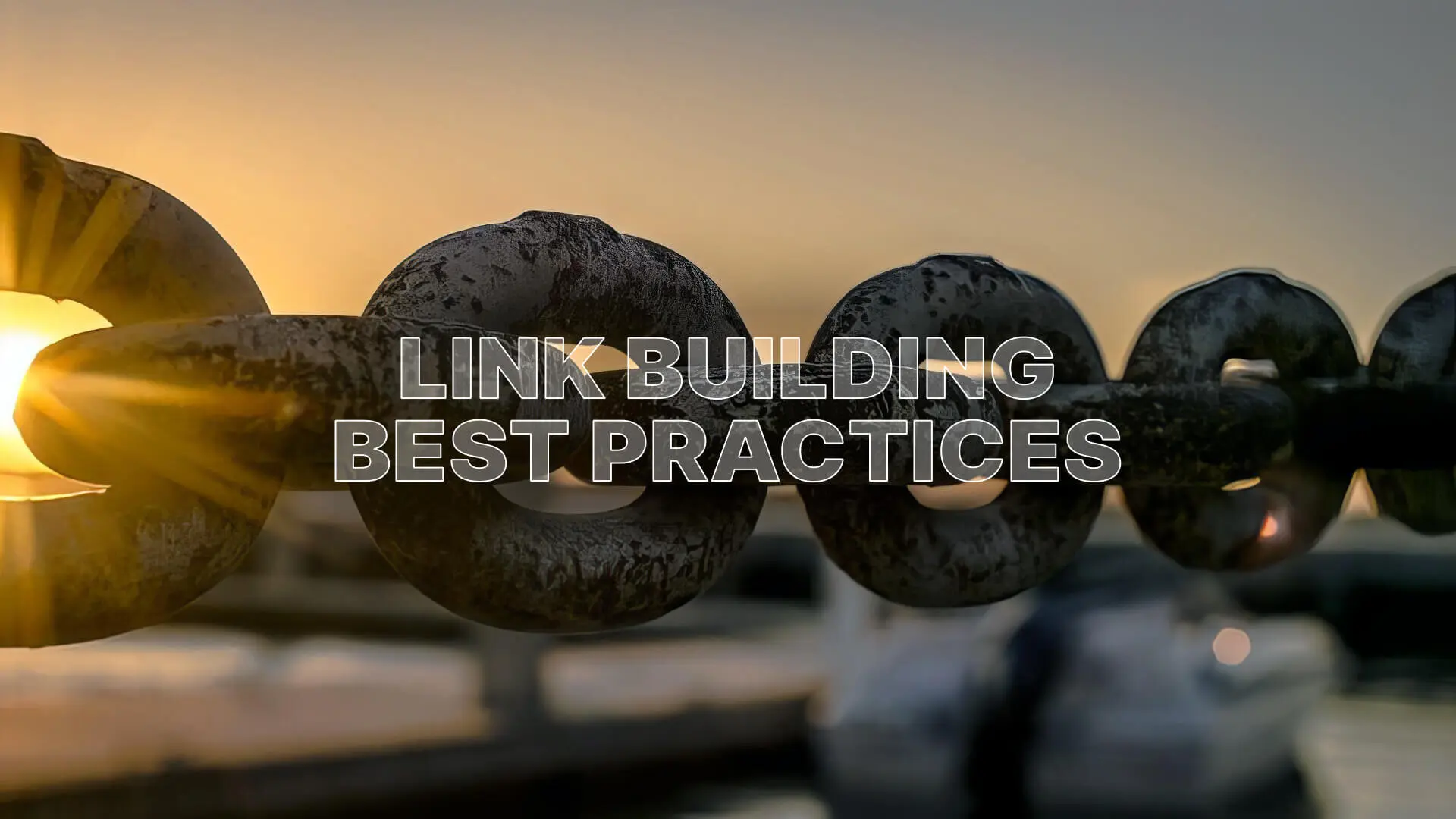
Link Building Explained
Link building is all about getting other websites to link back to yours. These backlinks help improve your SEO and boost traffic. Search engines analyse these links to gauge the relevance of a page.
There are many different methods of link building, but all involve creating links that are valuable to most site owners. One effective method is creating guest posts for well-established blogs or contributing articles to reputable online publications. Other methods include creating infographics or videos that can be shared on social media or submitting your site to directories and review sites.
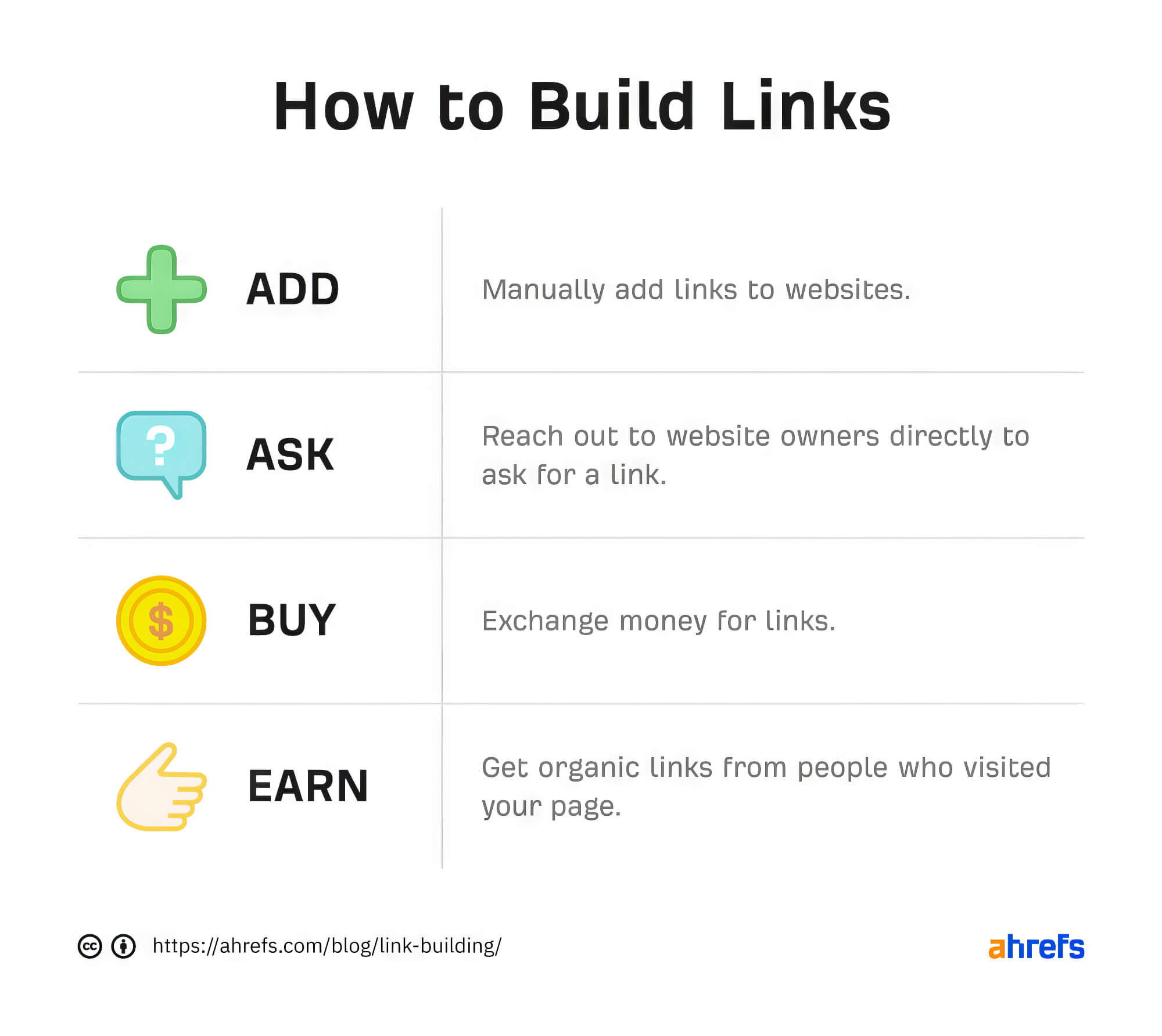
Link building is crucial in enhancing search engine optimisation (SEO). It’s one of the significant factors, like linkable assets, that search engines use to determine rankings, meaning which sites, among other sites, secure that first link position in search engine results.
Interestingly, the top-ranked pages on Google have around 3.8 times more backlinks than those ranked between spots 2 and 10.
Search engines like Google, Bing, Yahoo, and others consider the number of links pointing to your website when determining its ranking (and the quality of those links).
If credible and authoritative sites link to your content, your blog posts and sales pages are likely to rank higher in search results.
In understanding what link building is, it’s crucial to create content that other site owners find interesting and valuable. You will establish an excellent content foundation for your link profile for your website by accomplishing this.
Want to receive updates? Sign up to our newsletter
Each time a new blog is posted, you’ll receive a notification, it’s really that simple.
7 Link Building Best Practices in SEO
Improving your search engine rankings means having a solid plan and clear direction for building backlinks. Here are some key link-building tips for 2026 you should consider:
1. Identify the Ideal Sites Where You Want to Build Your Links.
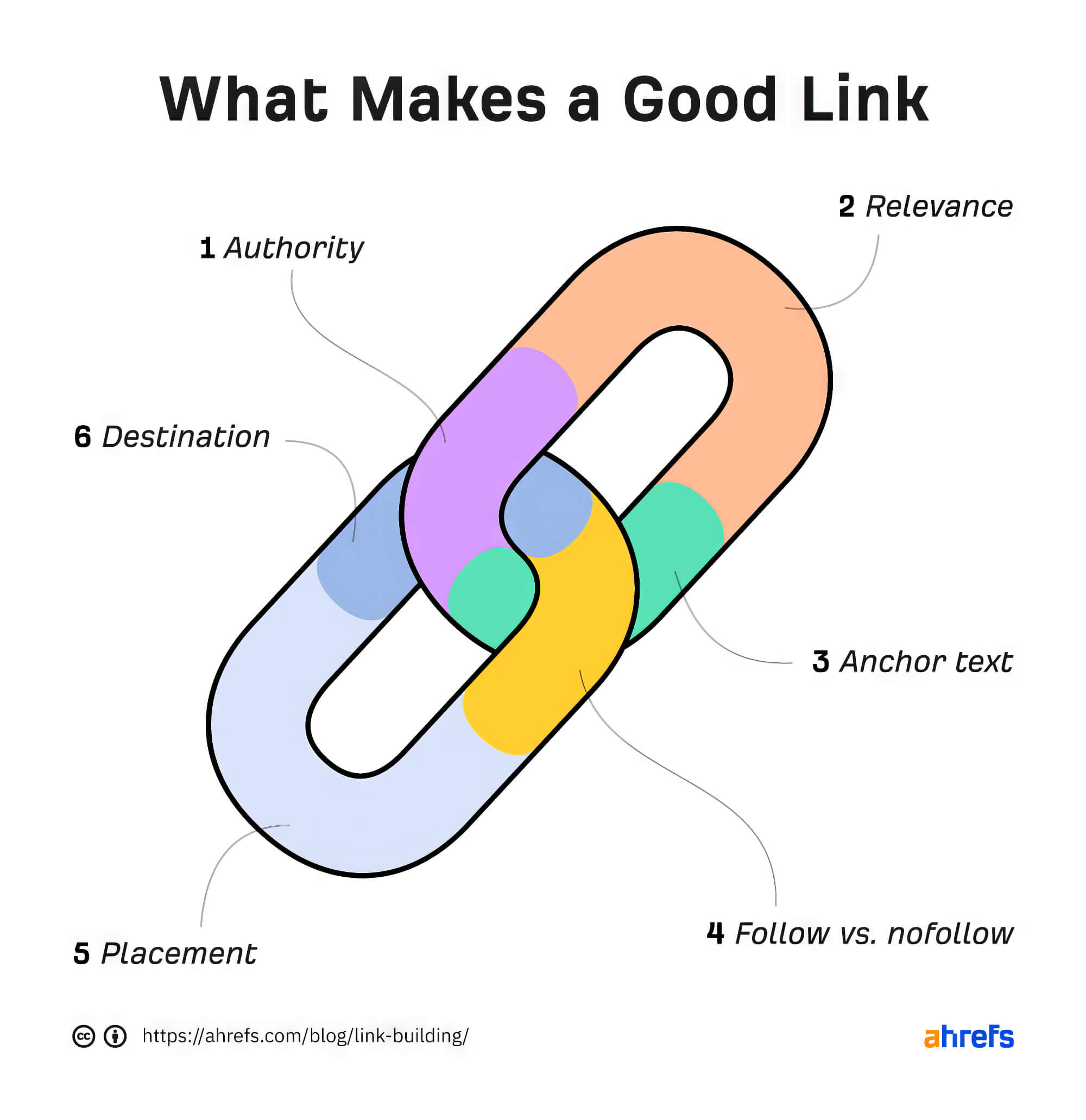
to launch a successful link-building campaign with measurable results, consider the following key methods for identifying target sites. After all, targeting links from relevant websites closely related to your own can significantly boost your SEO.
Here are a few strategic methods to build backlinks effectively, with tips for identifying target sites, including understanding nofollow links:
- Look for ways to build relationships with sites in relevant niches. When looking for sites to get backlinks, let them know It’s important to find sites that would appreciate a piece of content related to your niche. This strategy can help you find a good fit for your links that will attract traffic from people interested in your product or service.
- Check the DR or DA of potential websites. Domain rating and domain authority are two important metrics for measuring a website’s credibility and influence. Try finding sites with a high DR or DA. This will help ensure you have relevant links seen as valuable by Google and other search engines. Referring domains report seeing all the sites linking to that page.
- Avoid spammy websites. There are a lot of spammy websites out there, and you should avoid linking to them if you don’t want to impact your SEO ranking negatively. Many people advise being cautious of websites that exist solely to keep articles concise and aim for an optimal min read time that engages users. With the disavow links tool, a site owner can remove inferior links to ensure other websites want to link to your high-quality content.
2. Have solid link-building strategies.
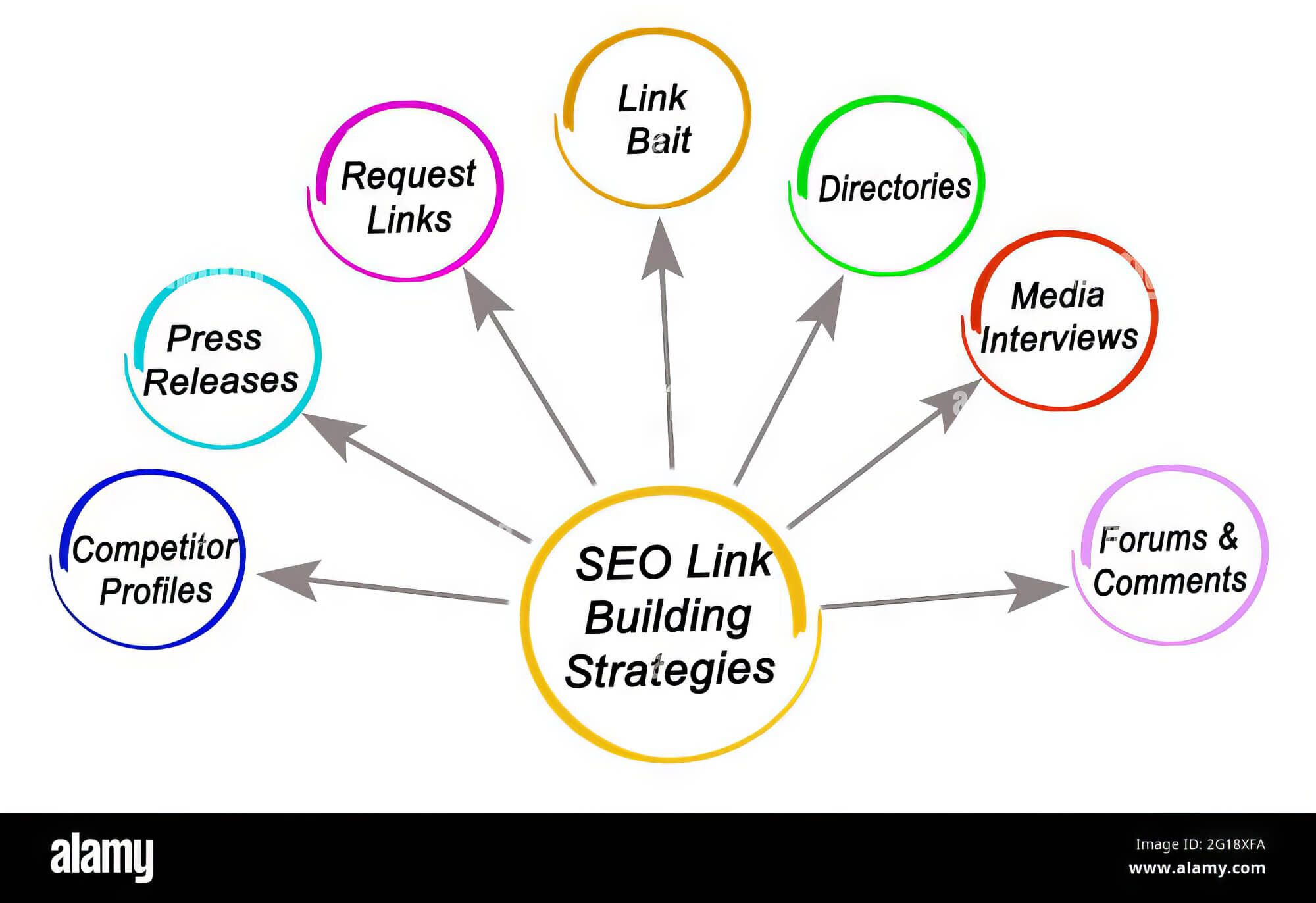
You certainly want to implement the best SEO link-building strategy when acquiring backlinks you can follow for the indefinite duration of your link-building project. There are as many ways to get backlinks as skinning a figurative cat, but here are the three most common link-building strategies will recommend:
1. Use Strategic Guest Blogging.
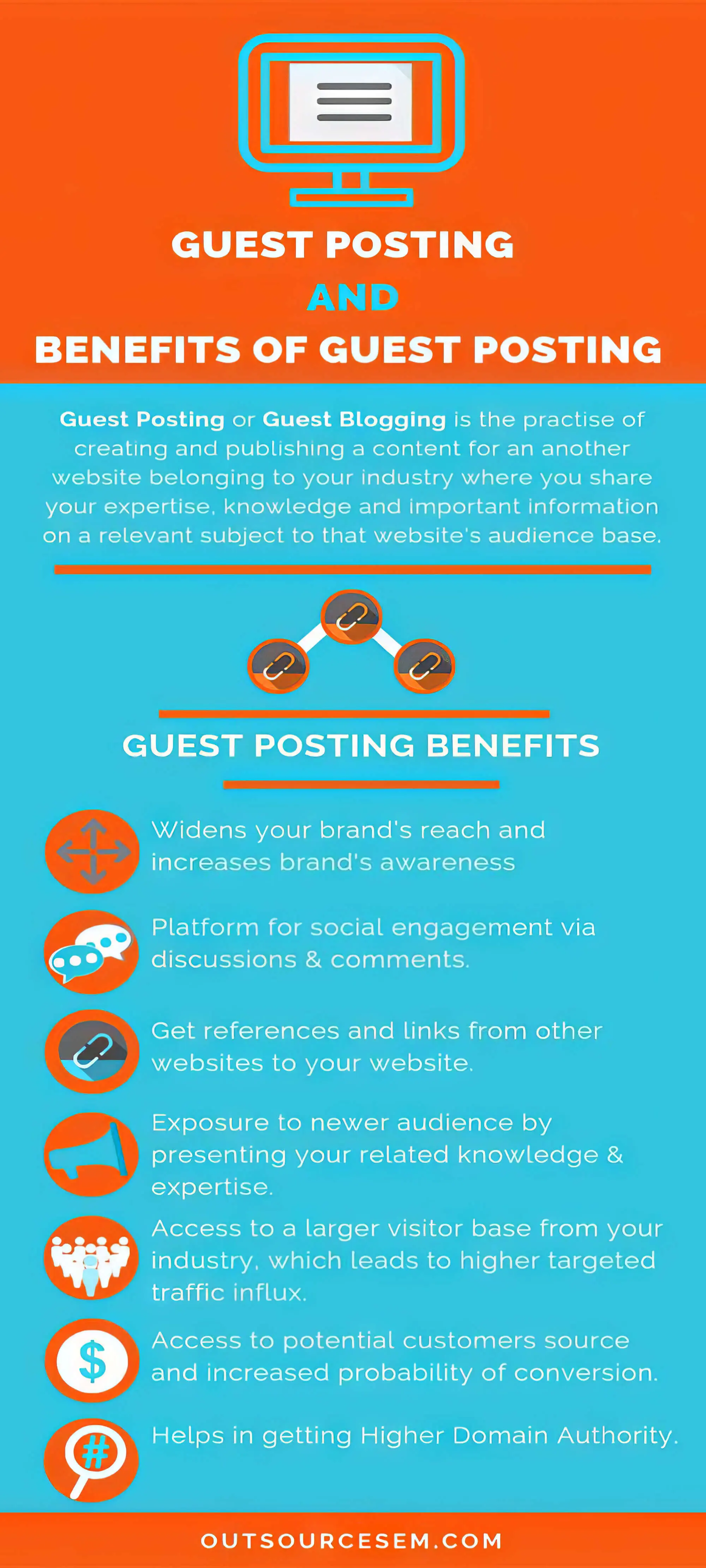
Is guest blogging dead? Yes and no.
The old way of mass guest blogging just for links is dead. Posting an article on sites like those with zero authority and no relevance to your niche is not a good idea. Guest blogging in that style won’t work. You can tell the search engines you’re not guest blogging to add value when you’re not adding value. A survey conducted a few years ago revealed that 60 per cent of bloggers write between 1 and 5 guest posts per month.
You need to be strategic and authentic if you want to reap the rewards of guest blogging. Focus on creating the type of content that will resonate with the other site’s audience (for example, a case study) and ensure the site is relevant, authoritative, and attracts your audience.
One effective way to secure high-quality links is to guest post on high-authority sites that link to your content. This means writing an article or blog post for another website in your niche and including a website link back to your site. This also gets you exposure for your website on the side and builds relationships with influencers in your industry.
Consider utilising resource links from reputable websites where you want people to engage with and get your content. As experts like Brian Dean advocate, understanding what people want is the best way to learn about link building.
Pro tip: When creating your own content, it looks like a good idea to take advantage of having your links on a resource page on authoritative sites and blogs such as Forbes, Entrepreneur, Huffington Post, Jeff Bullas, Social Media Examiner, and Copyblogger.
Visitors can easily find what they’re looking for if a leading site in your niche compiles blogs offering similar content in your industry.
However, you should note that not all guest posts are created equally. Target websites with high domain authority to get the most value from your guest posting efforts. A free keyword research tool helps determine strategic topics that make sense for your audience, ensuring your link carries more weight and improves your website’s ranking in SERPs.
In addition, make sure to focus on creating new content that will be of value to the website’s readers. This improves the likelihood that your guest post will be published and that people will want to read it.
Don’t only link to your internal web pages when you do a roundup post. The reciprocity principle and providing results with powerful keyword strategies may inspire a site owner to link back to you. If you link to their posts, they are more inclined to reciprocate, enhancing the process of getting links back to your site.
In addition to editorial links, finding unlinked mentions can be a pathway to acquiring new links by sites and pages linking to your site. You can earn links by leveraging content marketing by producing original research, engaging content, and encouraging sharing among viewers.
2. Analyse and Replicate Your Competitor’s Backlinks.

Finding sites where you can get backlinks should not be hard if you know your niche. If you understand your target audience and find a site relevant to your niche, you should also be aware of the websites they visit frequently.
Identifying the websites that link to your competitors can give you a significant advantage. Your competitors’ backlinks will almost certainly come from relevant sites to your niche, so you know they’re quality backlinks.
One way to find websites where you can get links is to check your competitor’s backlinks. You can do this through various tools, such as Ahrefs or Majestic. Some tools (free and paid) help you analyse your competitors’ backlink profiles. Enter your competitor’s URL into the tool, and it will generate a list of websites where they have built backlinks.
Once you have identified your competitor’s backlinks, the next step is to ask them to link with a high-quality backlink to your site as part of your replication strategy. This strategy helps you find keyword ideas in seconds, which enables outreach to websites for links. Of course, you must provide them with high-quality content or other incentives for them to consider your request.
3. Broken Link Building.
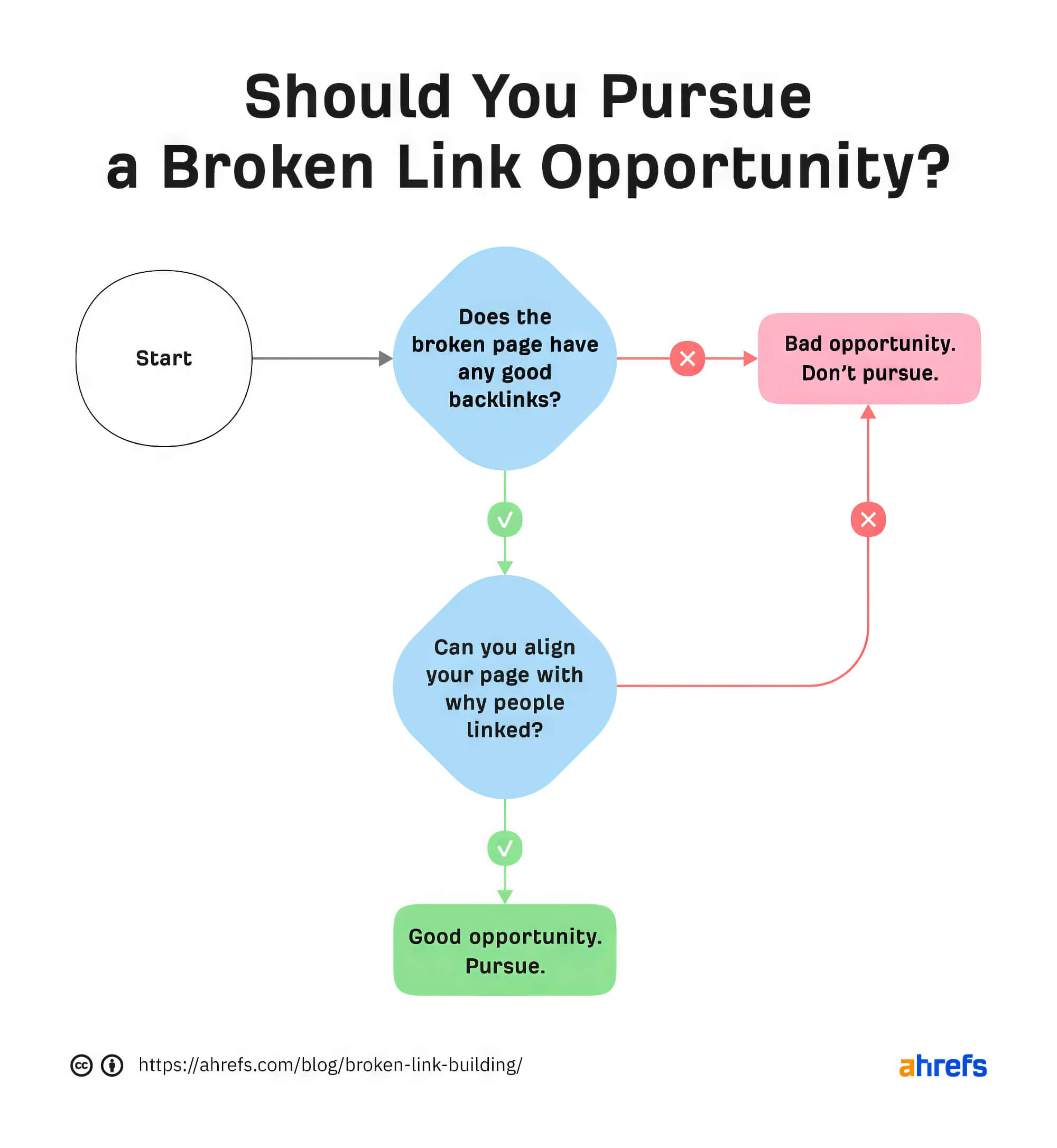
Broken link building involves identifying dead links on a site and offering a replacement link to the webmaster. You can do this manually or use tools like Monitor Backlinks.
Handy tools like Screaming Frog can also help you check for broken links. You can do this by navigating the “Inspect” tab in Chrome and looking for the “Broken Links” section.
Once you’ve found a broken link related to your site or niche, you will want to get a link to your site as a replacement. The next step is to email the webmaster and convince them of the benefits of replacing that broken link.
You can re-establish the connection between the two sites by fixing these problems.
Another great approach is recovering value from redirect or 404-page links; effective link reclamation will boost organic traffic to your site.
Fixing these links makes it easier for bots to crawl and index your website.
There are different free tools that you can use for monitoring external links. Some of the most popular options include:
- Google Sheets — This is a free online spreadsheet application that you can use for various tasks, including broken link building. It’s easy to use, and you may access it from any computer or mobile device.
- Screaming Frog SEO Spider — This paid tool helps you identify broken links on your website. It also has Custom Search and Custom extraction with the support of Robots.txt to check the performance of the link. It’s an essential tool for any SEO campaign.
- Xenu’s Link Sleuth — This is another paid tool that you can use to find broken links on any website. It’s an excellent tool for temporary network issues if you want an accurate and easy-to-use feature.
- Check My Links — This free Chrome extension lets you quickly scan websites for broken links. It’s simple to use and very effective.
3. Personalise Your Outreach Emails.
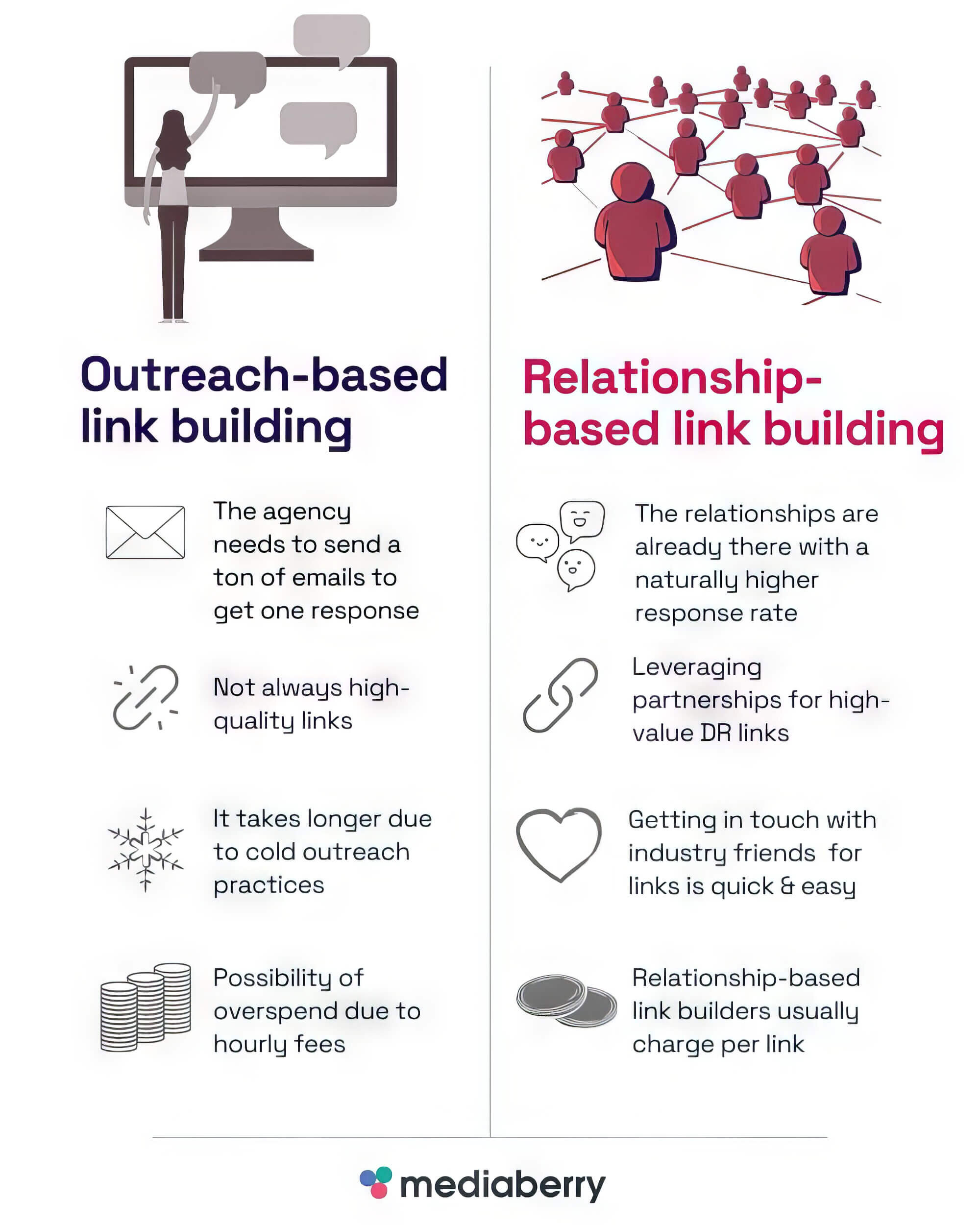
One of the best ways to generate backlinks is by sending an outreach email. The response rate may not be high, but an open rate of nearly 50% has been recorded in some studies, which means there’s potential for getting backlinks through cold emails if done correctly!
Email outreach personalisation will also show that you’ve carefully planned your link acquisition strategies and are not just sending a simple generic letter. It also makes the recipient more likely to respond, as they will feel like you are talking directly to them.
There are a few easy ways to personalise your link-building outreach emails. The first is to include the recipient’s name in the subject line. This will get their attention right away.
You can also mention something you noticed on their website or ask them about what they do. It will help if you relate something that matters to them, such as recent awards that they’ve received or their interesting hobbies. Whatever you do, ensure your email sounds like it was written specifically for them.
Furthermore, personalising your outreach emails is a great way to stand out. It shows that you cared about the recipient’s opinion and took the time to learn about them. This will make them more likely to respond positively to your request and may even lead to building a more meaningful relationship.
4. Approach the Right Person.
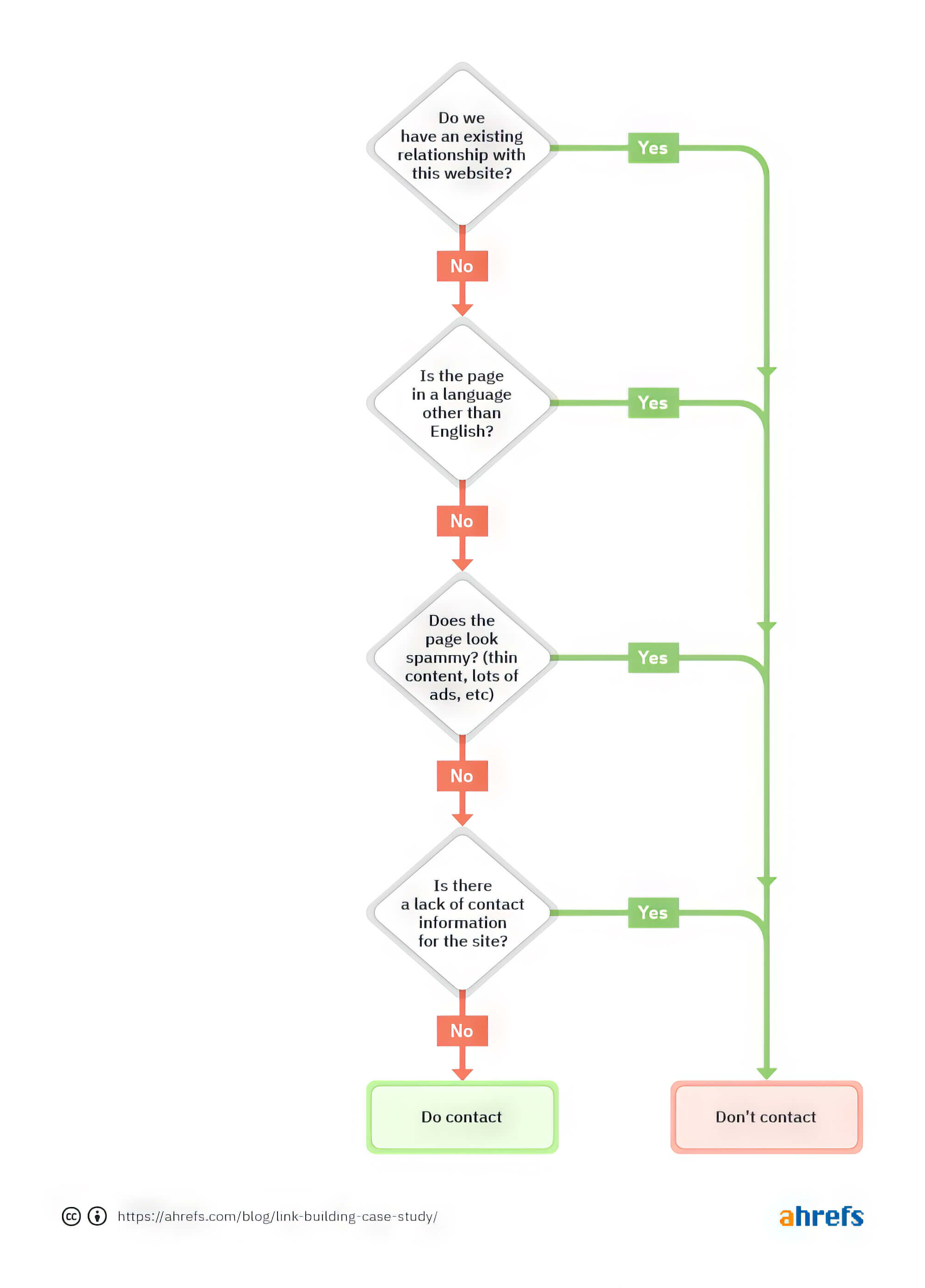
More often than not, websites may be run by multiple people and may list multiple contacts. Take note of what the listed contact people do with their company, and ensure they’re the right people to approach for your link-building request. It should save you plenty of time and boost SEO results by increasing the likelihood of getting your link approved.
Ideally, you should reach out to whoever has a hand in the site’s content. It could be the webmaster or the company’s digital content manager. They are the folks who are most likely to approve your link.
If you’re having difficulty locating the right person to contact regarding your link-building request, here are some tips to consider:
- Check the website’s Contact Us page. Usually, this is where companies list their primary point of contact.
- If there is no Contact Us page, try looking for an About Us page. This will usually have the contact email or form for the website.
- If there is neither a Contact Us nor an About Us page, try using a Whois lookup tool to find the website’s contact information.
- If relevant contacts are listed somewhere on the website but do not display any email address, you can use an email search tool to find their email addresses.
- If no contacts are displayed, but the site has a LinkedIn page, you can check the employees listed to find the best person to send your link-building request to.
- You can also check the site’s social media web pages and see if their email is listed on one of their profiles.
5. Keep Your Link-Building Message Short and Straight to the Point.
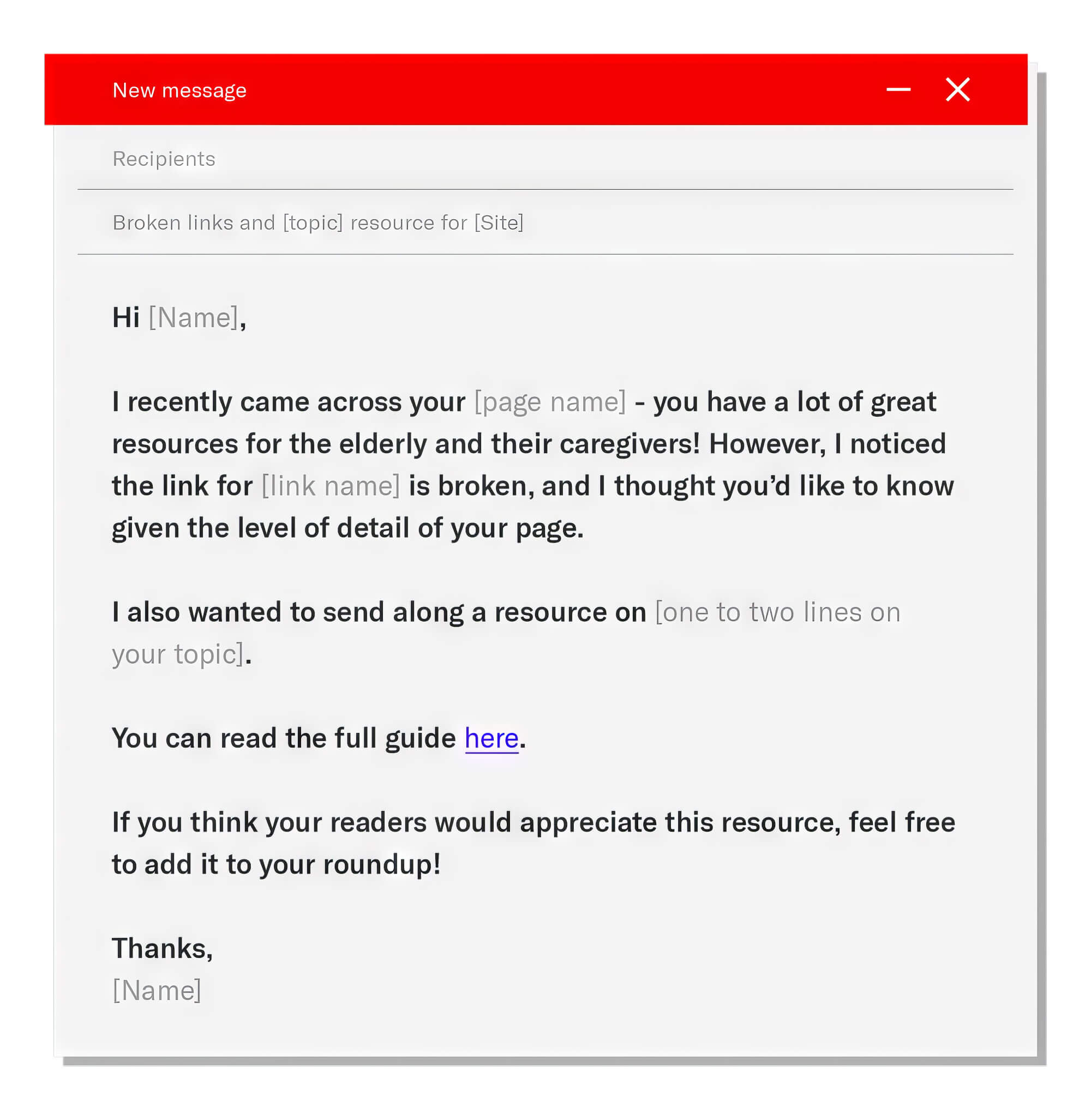
Always keep your request brief and to the point when you ask for a link. This will make it easier for the other person to understand what you are asking for and increase the chances that they will be able to accommodate your request. Additionally, being courteous when making a request is essential, as this will help build a positive relationship with the person you are contacting.
Consider these tips for keeping your message brief:
- Make sure your anchor text is concise and easy to understand.
- Keep your body text brief. It should only contain the following:
- An introductory line details how your request utilises powerful keyword research and aligns with their work and the impact of comprehensive keyword research.
- What do you want from your contact, i.e., a backlink from their site, and how do you want to get it done
- What will your lead get out of the deal?
- If possible, include a link to an example of what you’re asking for.
- If you need to provide additional information, include it in a separate document or email.
6. Build Trust With Your Prospects.
When it comes to link building, appearing trustworthy is key. After all, you don’t want to seem like you’re just trying to create a link for the sake of having a link. You want to appear as though you have something of value to offer and that your link is truly relevant to the content on the other site.
Follow these helpful tips to build trust and achieve SEO results with powerful techniques:
- Establish yourself as an expert in your field. People will more likely trust you when you’re seen as an expert. Ensure that your quality blog posts circulate on multiple platforms, thereby increasing the number of websites linking to your content.
- Be transparent and honest. They’ll likely trust you when you’re upfront and honest with your prospects.
- Be helpful and responsive. If a prospect has a question, make sure to answer it promptly. If you can’t answer it yourself, find someone who can. Being helpful and responsive will show your prospects you care about their satisfaction.
- Include a link to your LinkedIn and other social media accounts in your email signature. This will show the person you are contacting that you are a credible source and serious about getting that link.
If you can demonstrate your trustworthiness to your lead, the person you are reaching out to will be more likely to consider your link request.
7. Track Your Backlinks.
Monitoring your backlinks is another vital aspect of effective link-building. By tracking your backlinks, you can ensure that your links are still active and providing value to your site. Additionally, tracking your backlinks allows you to see which sites are linking to you and allows you to reach out to these sites for more links.
There are various methods to track your backlinks, both manually and automatically. Manual methods include using online tools like Moz or Majestic or downloading and installing software like Google Webmaster Tools or Xenu’s Link Sleuth. These tools allow you to track your website’s backlinks regularly and identify any new links that have been added.
Automatic methods use services to monitor your website’s backlinks, notifying you when a new link is added. This lets you quickly assess its value and take action if needed. Services like Monitor Backlinks, with features like link analysis and competitor tracking, are quite handy for this task.
Tracking your backlinks is vital to maintaining a healthy link profile and getting the most value from your link-building efforts. Using the right tools and services, you can ensure that your links work for you and not against you.
Link Building Strategy To Avoid
The link-building strategies that work should be followed by a brief discussion of the link-building strategy you should avoid.
Getting as many links as possible is neither sustainable nor organic.
If you employ these tactics, your site could be penalised by Google if they are considered spammy practices.
These black hat tactics include:
- Buying links.
- Bribing others for links.
- Spamming links in comment fields.
- Link schemes.
- Misleading redirects.
It is important to remember that Google prioritises relevance between links, not quantity.
Try to find authoritative and relevant links to your site instead of trying to get a certain amount of links.
The process of building links takes time and patience. You can’t just set it and forget it.
By implementing tactics that support your well-thought-out strategy, you can get started on your site’s journey to capitalising on every link opportunity in the months ahead.
Build Effective Links With The Pros
Related Link Building Guides
Master link building with these articles:
- What Are Backlinks - Backlink fundamentals explained
- How to Create a Backlink - Step-by-step backlink creation
- Off-Page SEO Factors - Complete off-page SEO guide
- Guest Posting Outreach - Guest blogging strategies
Link building can be challenging and time-consuming, but it is worth it in the end. By following the best practices we have outlined in this blog post, you should see an improvement in your website’s link profile.
Don’t hesitate to contact us if you need help with link building or SEO-related. We would be more than happy to assist you!



